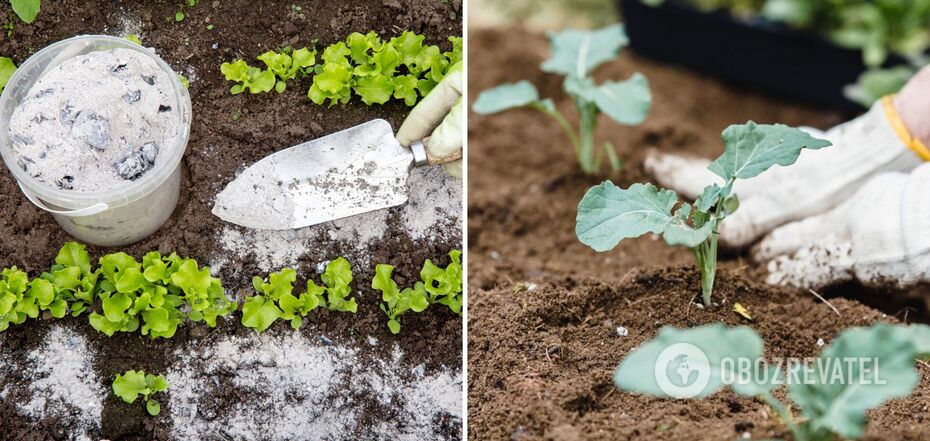Life
How to fertilize a vegetable garden with ash: the harvest will increase significantly
Wood ash is one of the oldest types of fertilizer known to mankind. However, not all gardeners still know how to use it properly.
OBOZREVATEL found out how to use ash in the garden. And how it can be useful for growing crops.
How can the ashes be useful?
When burning wood, many nutrients do not burn but are concentrated in the ash. These include phosphorus, calcium, and potassium. It is also rich in iron, zinc, magnesium, manganese, etc. Moreover, the nutrients are in an easily digestible form. At the same time, the ash does not contain chlorine, which can harm cucumbers, tomatoes, potatoes, cabbage, grapes and currants.
Ash can also be used to acidify infertile soil, making it more nutritious and improving its structure. The product is also effective in fighting some pests.
Ashes as fertilizer
The easiest way to use ash to fertilize plants is to simply add it to the soil during planting. To do this, add about 8-10 g of ash to each hole for a single plant and mix it with the soil.
To make a liquid fertilizer based on ash, you just need to dilute 300-500 g of dry product in 10 liters of water. This liquid is sometimes used to water plants.
To fertilize fruit trees and shrubs, as well as strawberries, ash is applied to the soil at the rate of 100-150 g per square meter. Ideally, it should be mixed with peat, which will make the soil even more fertile.
A similar amount of ash is applied per square meter of vegetable beds. But for potatoes, only 60-100 grams will be enough. While legumes like a high concentration of ash - 150-200 grams.
Ash as a pest repellent
Wood ash can be quite effective in the fight against diseases such as gray rot and powdery mildew. In this case, both dry ash and a solution based on it are used.
To get rid of gray rot on strawberries, you will need to dust the plant. Sprinkle dry ash on the bed at the rate of 10-15 g per plant. But for the complete disappearance of the disease, it will take 2-3 procedures.
A solution of ash with the addition of laundry soap will help to destroy powdery mildew on fruit bushes or cucumbers. To make it, you need to dilute 300 g of ash in 2-3 liters of water and put it to a boil. After leaving the remedy on low heat for 30 minutes, it should be infused for 4-6 hours, and then add 30-40 grams of laundry soap, grated and diluted in a small amount of water. After that, add more water to get 10 liters of liquid. Before use, it should be filtered, and then poured into a sprayer and treated with plants.
Earlier, OBOZREVATEL revealed how to properly prune currants and gooseberry bushes to get a big harvest.
Subscribe to OBOZREVATEL channels on Telegram and Viber to keep up with the latest news.



























